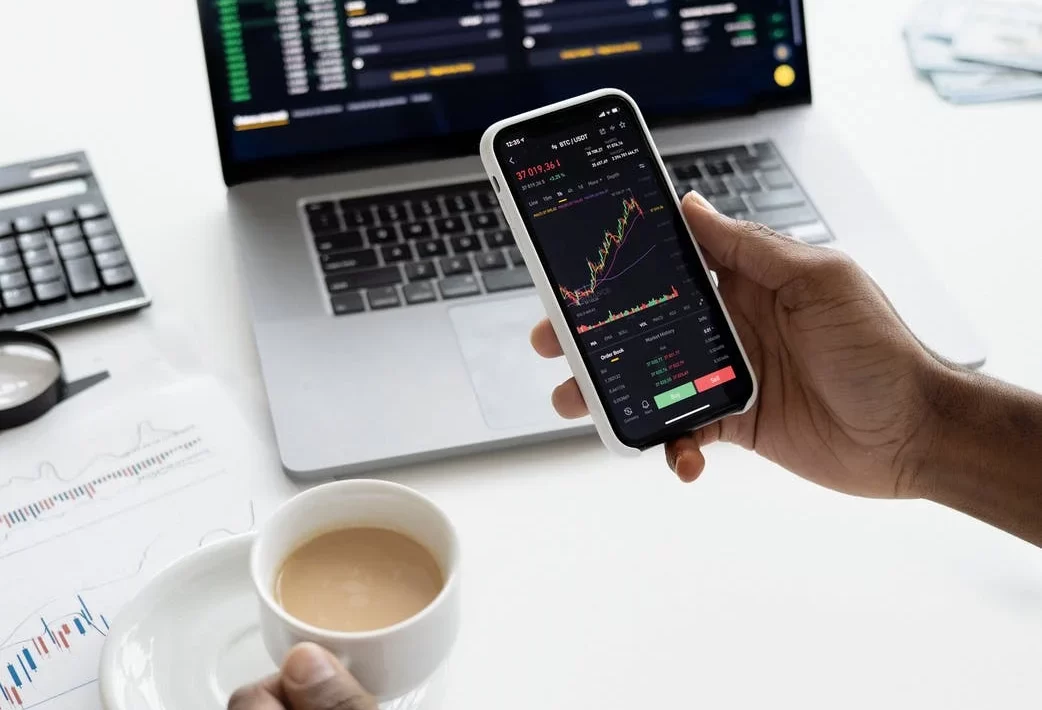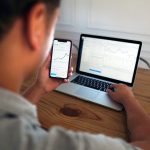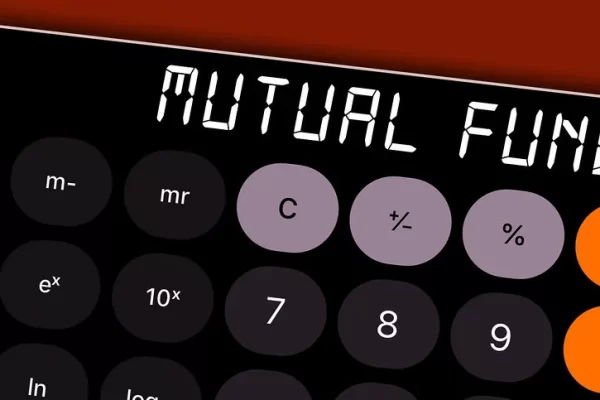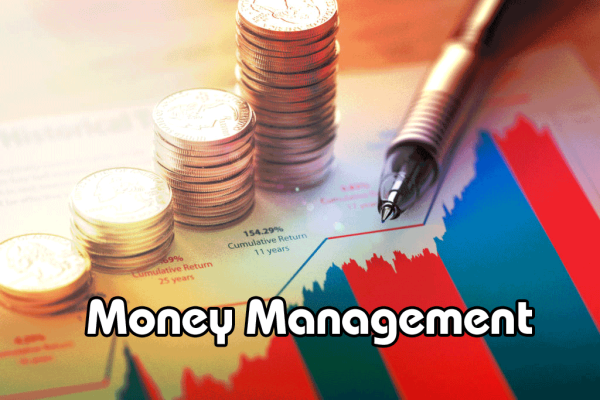CFD trading is a popular form of derivative trading that allows Australians to speculate on the prices of various assets, including stocks, commodities, indices, and currencies. However, like any trading, there is a risk of losses being incurred. Experienced traders trade regularly and are well-versed in the financial markets. However, they are not immune to making errors. Here are five of the most common errors and why they are made.
For more information on CFD trading, you can click here to see the available instruments at Saxo Markets.
Table of Contents
Over-trading
Many experienced traders make the mistake of over-trading, meaning they enter too many trades, resulting in their trading account suffering. Over-trading is often caused by greed or fear, and traders can avoid it by setting strict limits on the number of trades they enter daily.
Not using stop-loss orders
Stop-loss orders are designed to limit your losses in a trade. However, many experienced traders do not use them, as they either forget to set them or do not believe in using them. It is a mistake, as stop-loss orders can save you from incurring significant losses in a trade.
Not managing risk properly
Another common mistake made by experienced traders is not managing risk appropriately. They take on too much risk in their trades, and as a result, their trading account suffers. Risk management is essential to successful trading, and you can do it by setting strict limits on how much money you are willing to lose in a trade.
Not following a trading plan
Many experienced traders do not follow a trading plan. It is a mistake, as a trading plan is essential to successful trading. A trading plan should include your entry and exit points, stop-loss and take-profit orders, and risk management rules.
Trading emotionally
Many experienced traders make the mistake of trading emotionally, meaning they let their emotions dictate their trading decisions, which can lead to losses. Emotional trading can be avoided by following a strict trading plan and sticking to it.
How to avoid making these errors as a beginner
Set realistic goals
When you first start trading, it is crucial to set realistic goals, which means you should not expect to make much money immediately. Instead, focus on learning the basics of trading and gradually increasing your account size.
Use a demo account
Another way to avoid making mistakes as a beginner is to use a demo account. A demo account allows you to trade with virtual money, so you can practice without risking your capital.
Follow a trading plan
As mentioned earlier, following a trading plan is essential when you start trading. A trading plan will help you stay disciplined and focused on your goals.
Take your time
When you first start trading, it is crucial to take your time, which means you should not rush into trades but focus on learning the markets. Once you understand the markets, you can start to trade more actively.
Manage your risk
When you first start trading, it is crucial to manage your risk correctly. It would be best to risk a small percentage of your account on each trade. As you gain understanding, you can increase the money you are willing to risk.
How to trade CFDs in Australia
Choose a broker
The first step to CFD trading is in Australia is to choose a broker. Many brokers are available, so comparing their fees and features is necessary before choosing one.
Open an account
After choosing a broker, you must open an account. You can do this online, and you will usually need to provide personal information such as your name and address.
Deposit money
After opening your account, you will need to deposit money. You can do this via bank transfer or credit/debit card. The amount of money you need to deposit will depend on the broker you choose.
Start trading
Finally, after depositing money into your account, you can start trading. To do this, you must choose an asset you want to trade and place an order. You can execute your trade once the market price reaches your desired level.









